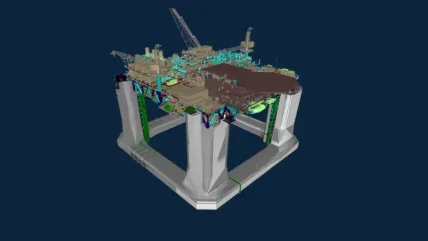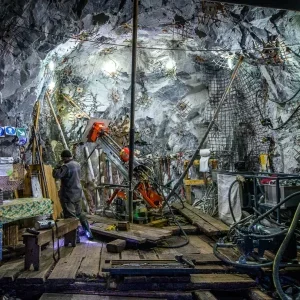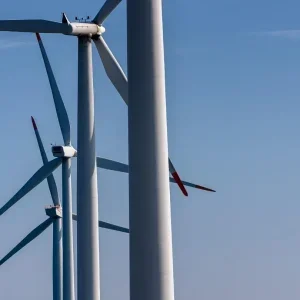
Audubon Engineering, a provider of engineering, procurement, and construction (EPC) solutions, has been awarded a contract for the Kaskida project in the US Gulf of Mexico by BP.
As part of this contract, Texas-based Audubon Engineering will be responsible for the topside engineering and design of the Kaskida floating production unit (FPU). The company plans to employ its well-established design methodologies aimed at reducing project cycle times.
Audubon Engineering has indicated that it will leverage its expertise and experience, previously demonstrated in projects such as Delta House, King’s Quay, and Shenandoah semisubmersibles, to develop the Kaskida topside.
Audubon Engineering CEO David Robison said: “This project represents an opportunity for Audubon to showcase our engineering proficiency and agility for one of the most significant oil and gas plays in US history.
“Our team is committed to delivering quality for every client and every project, and we especially look forward to supporting BP with its production objectives for the Gulf of Mexico.”
Engineering work on the Kaskida FPU has already commenced, with Audubon Engineering focusing on the topside design, while EXMAR Offshore is tasked with designing the hull.
EXMAR’s proprietary, patented OPTI hull design will be utilised for the Kaskida project, marking the fifth application of this hull design.
The Kaskida project is situated in the Keathley Canyon area, approximately 400km southwest of New Orleans. It is expected to unlock the potential future development of 10 billion barrels of discovered resources across the Kaskida and Tiber catchment areas.
BP reached the final investment decision (FID) for the Kaskida project in late July 2024.
Kaskida will be BP’s sixth hub in the Gulf of Mexico, featuring a new floating production platform with a capacity to produce 80,000 barrels of crude oil per day from six wells during the initial phase. Production is anticipated to begin in 2029.
The Kaskida field, wholly owned by BP, has currently discovered recoverable resources estimated at approximately 275 million barrels of oil equivalent in the initial phase. Future phases may involve the drilling of additional wells, pending further evaluation.






